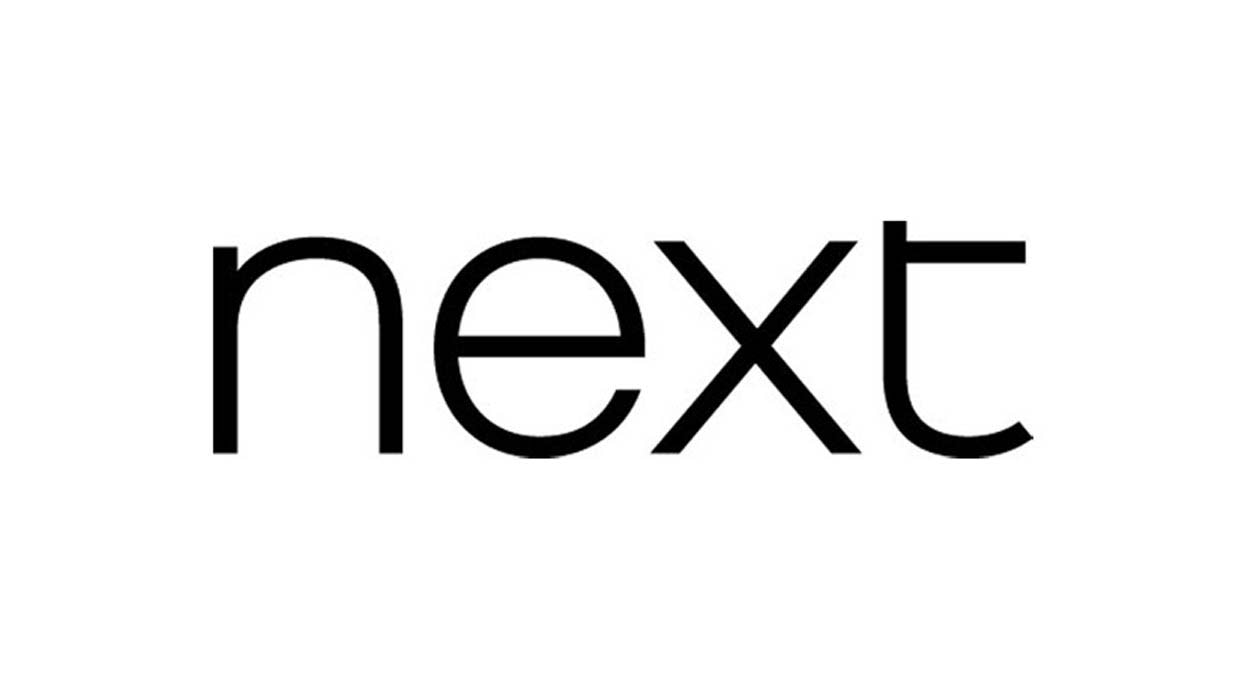Next's total full-year sales rose 5.9% to £5.8bn. This was largely due to a 5% increase in online sales to £3.2bn, while sales from physical stores were flat at £1.9bn. The smaller Finance division (Next’s credit business) sales rose 7%.
The higher revenues meant pre-tax profit rose 5% to £918mn, as improvements in the online and retail divisions more than offset a 4% decline in finance profitability.
Free cash flow including lease-related payments was £750mn. Net debt including leases fell 4.6% to £1.7bn.
A final dividend of 141p per share has been announced, bringing the year's total to 207p. Share buybacks for the year totalled £177.3m.
Next expects full-price sales to increase by 2.5% for the year ahead and pre-tax profits to increase to £960mn.
The shares rose 4.6% in early trading.
Our view
Next's full-year results gave investors plenty to be jolly about. Helped along by better-than-expected clearance of Sale stock, Next managed to beat its previously upgraded profit before tax targets.
The Online division continues to be the main driver of growth, with sales through this channel rising by 5%. This division accounted for more than 54% of group sales, and we're pleased to see that increased warehouse space and operational tweaks are helping to iron out some of the problems of the past. There's still some work to be done, but we’re encouraged by the planned infrastructure improvements and cost savings they should bring over time.
The online focus has helped Next grow its brand in overseas markets too. Sales abroad were up 17% over the full year, with net margins improving by 4.4 percentage points to 13%. It's still a relatively small slice of the pie at the moment, but Next is eager to seize the growth opportunity. Although, nothing is guaranteed.
Next still has a strong high street presence though. Its shops typically have shorter, more favourable leases than peers, and are more focussed on out-of-town retail outlets that have fared better. That gives extra flexibility and should allow it to make the best of tougher conditions if they arrive.
Remarks from the typically conservative CEO Lord Simon Wolfson were decidedly upbeat going forward, as real wage growth and falling prices are expected to spur on momentum into 2024. That’s led Next to forecast pre-tax profit growth of 4.6% this year, driven by both sales increases and ongoing cost savings. But it's important not to get too carried away. Although the economic headwinds may be easing, there is still a lot of uncertainty out there.
The balance sheet looks in good shape, with debt levels trending in the right direction. The group plans to return around £546mn back to shareholders through dividends and share buybacks in the upcoming 2024/25 financial year. And despite the FatFace acquisition, market forecasts suggest these are currently covered by cashflows, but no shareholder returns are guaranteed.
Next's always been a top dog in the retail industry, but it's a tough sector to be in during times of economic uncertainty. It's weathering the storm admirably and looks well-placed to benefit from the improving outlook. That's reflected in a valuation in line with its long-term average but further ups and downs could be in store along the way.
Next key facts
All ratios are sourced from Refinitiv, based on previous day’s closing values. Please remember yields are variable and not a reliable indicator of future income. Keep in mind key figures shouldn’t be looked at on their own – it’s important to understand the big picture.
This article is not advice or a recommendation to buy, sell or hold any investment.No view is given on the present or future value or price of any investment, and investors should form their own view on any proposed investment.This article has not been prepared in accordance with legal requirements designed to promote the independence of investment research and is considered a marketing communication.Non - independent research is not subject to FCA rules prohibiting dealing ahead of research, however HL has put controls in place(including dealing restrictions, physical and information barriers) to manage potential conflicts of interest presented by such dealing.Please see our full non - independent research disclosure for more information.


